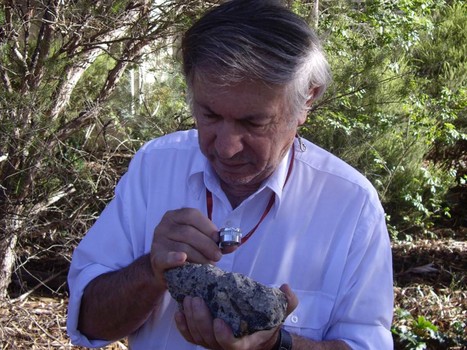An asteroid crater that is potentially the oldest known on Earth and absolutely the largest ever found has been identified by a team of geologists led by Dr. Andrew Glikson from the Australian National University. The 240-mile crater is located on the border of South Australia, Queensland and the Northern Territory. The researchers consider this crater to have been the result of two halves of a meteorite that broke apart moments before it hit the Earth. Each half of the meteorite was six miles wide.
The time that the meteorite hit the Earth is not defined exactly. The meteorite could have hit the Earth between 300 million years ago and 600 million years ago. No evidence of the extinction of life forms in Australia or around the world can be found that coincides with the time frame that this huge meteorite hit Earth. No mineral evidence exists that indicates a mass extinction of life like the Cretaceous–Paleogene extinction that occurred 66 million years ago and is thought to have caused the extinction of most dinosaur species.
The researchers found evidence of the world’s largest known meteorite impact sort of by accident while involved in another project. The scientists found glass produced by high heat in core samples from 1.2 miles below the surface. The glass is an indication that sand was heated to a high enough temperature to become glass. The samples contained elements that indicate the impact reached the Earth’s mantle. The Chicxulub crater that many experts consider to be the major cause of the extinction of dinosaurs is 110 miles in diameter. The Australian crater is more than twice as large.















